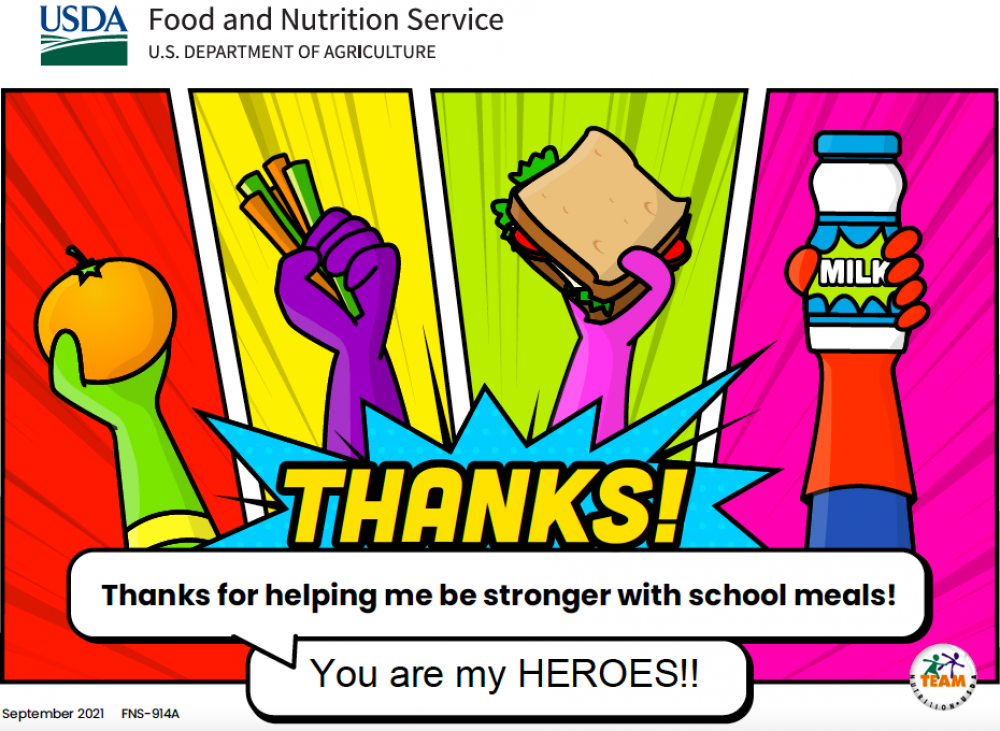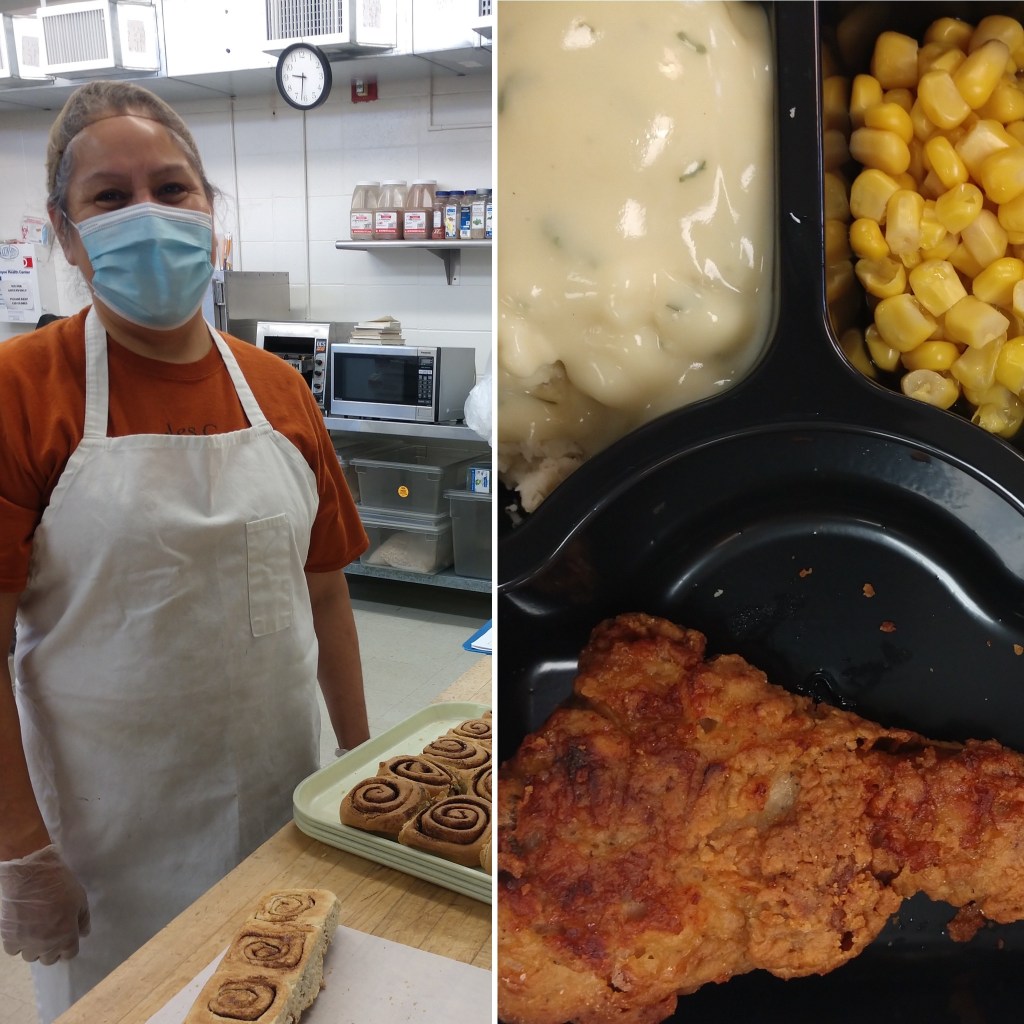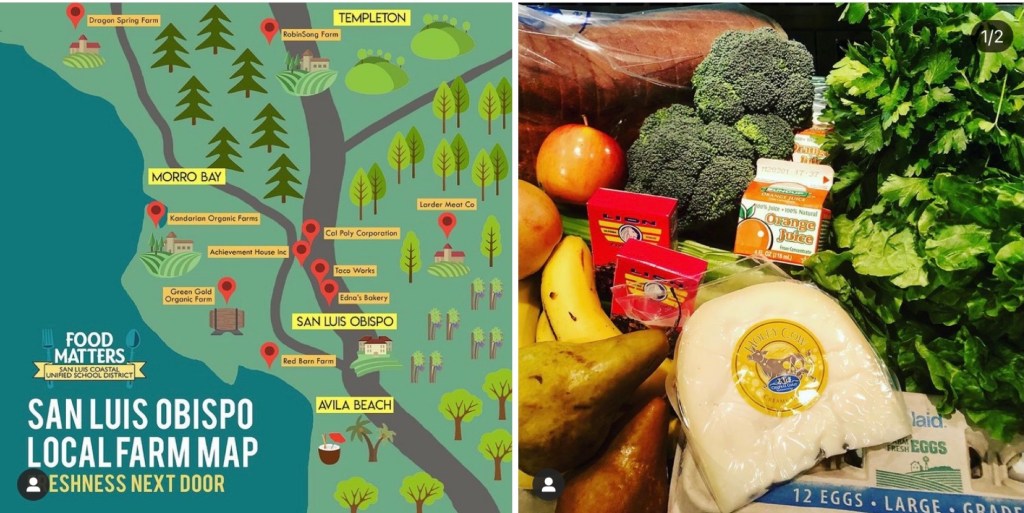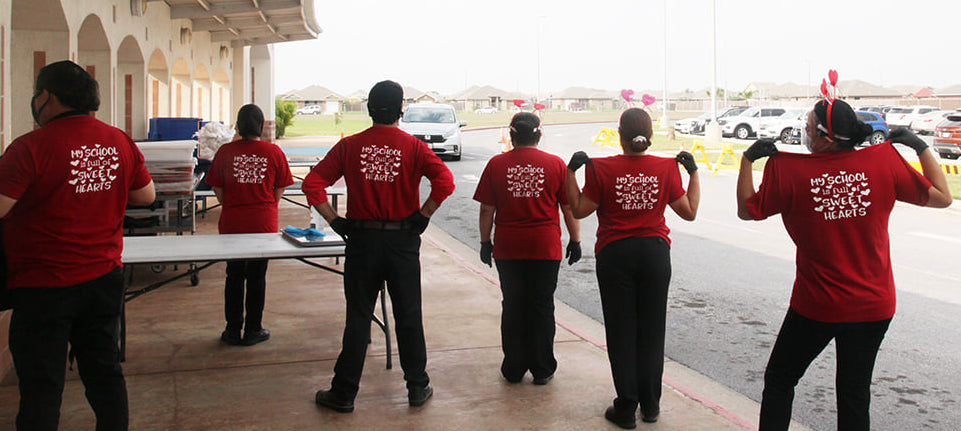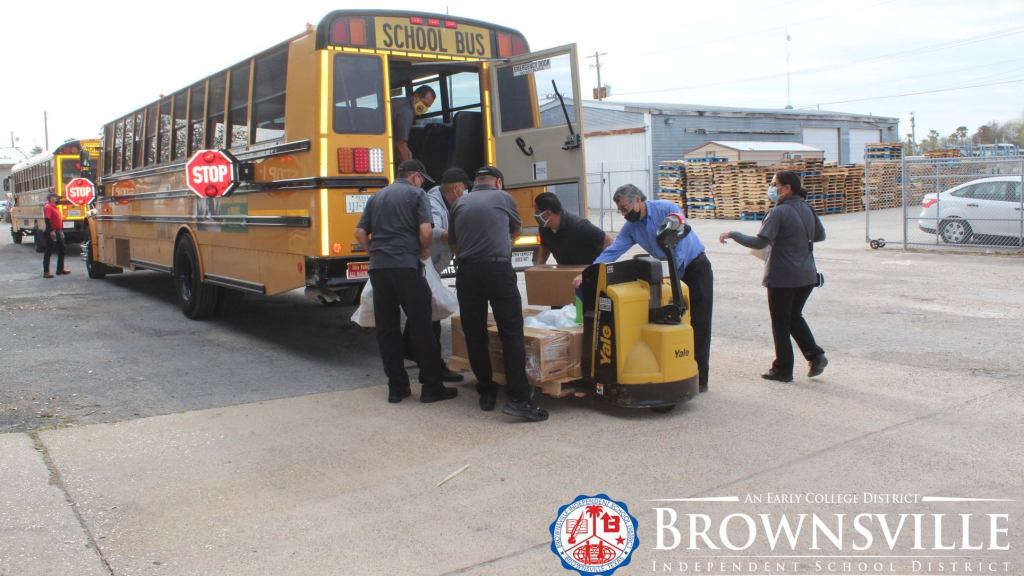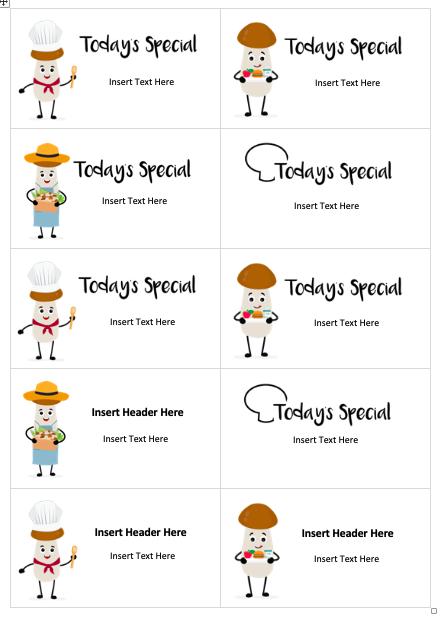Having spent the past 25+ years as an advocate, cheerleader and trainer for the best possible meals in schools, my commitment to healthy school food is long-standing and far-reaching. You may copy and paste any of my thoughts below into your comments. Go to https://www.regulations.gov/commenton/FNS-2022-0043-52985 for details and to submit a comment. Note the comment period was extended to May 10, 2023.
At this time, I sincerely believe that the current proposal for Revisions to Meal Patterns Consistent with the 2020 Dietary Guidelines for Americans is unnecessary and potentially detrimental, especially to those children who rely on school meals as their primary source of nutrition. As a registered dietitian, a taxpayer, a mom and a grandmother, I urge USDA to “put in pin” in this proposal for two years and give dedicated child nutrition professionals a chance to take a take a deep breath.
Nearly every person who works in school food is exhausted and many are completely burnt out. After the pandemic and the resulting disruptions in supply chains and staffing, most are just now getting their feet back on the ground. What they need is support and funding for programs like universal school meals, farm to school, nutrition education, scratch cooking, culinary training, and waste reduction rather than new restrictions that make it harder to do the jobs they love. My thoughts:
- Keep the USDA Nutrition Standards for school meals at their current levels for the next two years. School meals served under these standards have been shown to be the “healthiest” place for children to eat in the US. There are also reports that the current standards have had a positive effect on rates of childhood obesity and overweight.
- Please consider pilot programs. Give schools the chance to develop best practices through your own programs like Healthy Schools Initiative and other efforts for change like Scratch Works by the Chef Ann Foundation and multiple state-level Team Nutrition grants.
- Revised Dietary Guidelines are currently in progress and will be released in 2025. It would make more sense to wait a couple of years and have the most current dietary guidance line up closely with changes in school meal patterns. While there might not be dramatic changes in the next DGAs, it makes the most sense to have them on concurrent timelines.
- School meals are NOT the problem in terms of children’s sugar and sodium consumption. Sugar sweetened beverages, high sugar cereals, and high sodium snacks are no longer served in the school meals. Children are consuming excessive amounts of these nutrients at home and in other foodservice locations.
- No other federal programs or foodservice locations are being asked to adhere to such strict standards. What about meals served in the USDA’s Washington, DC, cafeteria and to our service men/women in the military around the world? What about congregate meals for seniors and, most important for families, SNAP benefits?
- Few industry partners are truly prepared to provide products that meet these patterns. R-and-D takes time and smaller, local producers may be at a disadvantage in terms of both time and cost of product changes.
Thank you for reflecting on my comments. I believe that the children of our country, especially those in low-income families who rely on school meals, would be best served by delaying implementation for two years. Many programs and initiatives are underway; I believe we should give them time to show results and define best practices in different settings.
Dayle Hayes, MS, RD, EatWellatSchool@gmail.com, Bozeman, Montana
